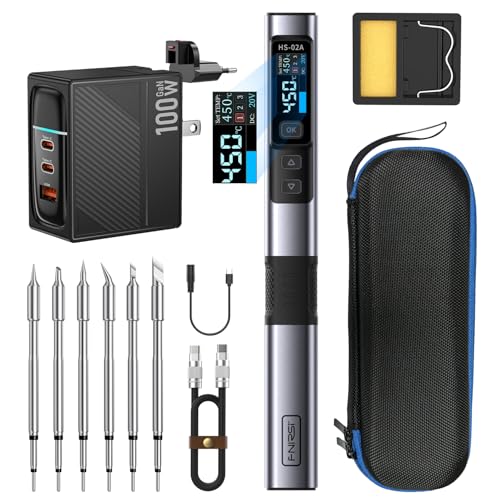I've been looking for any information on using X7R and C0G capacitors in parallel for passing audio signals. I've seen some examples of this technique used for DC blocking in mixer schematics - would using a 0.1uF C0G cap in parallel with a 22uF X7R, for example, be better than just using the 22uF cap?
Funny, I just had occasion on something related...

In this picture are C0G (light Grey), X7R (lighter coloured ****) and Y5U or similar (darker coloured ****). Real devices.
For real C0G I have seen "Cream" colour to white to light grey.
X7R are a lighter brown shade, Y5U can go nearly black.
C0G is also sometimes called NP0 and they are also available as Through Hole.
Here WHY only C00G/NP0 belongs into audio circuits (bottom left hand corner):

So, no. Bypassing 22uF X7R with 0.1uF C0G doesn't really do much.
C0G in 1206 SMD come in up to 0.47uF and you can parallel more than one.
Try refactoring your circuit so that this is enough.
If you use OPA1678/79 you have a Fet input Op-Amp that allows very high value DC feedback/bias resistors (say 3.3M which with 0.1uF form an 0.5Hz turnover) and can allow circuits to be re-arranged to make do without large value audio-path capacitors
I've already ruled out using electrolytics for their size
Why. Many modern SMD types are very small.

The 100uF/6.3V bipolar electrolytics in the pic are tiny. The microphone on the right is a 12mm capsule.
If you go 22uF this same size will probably go up to 50V.
tantalums for their bad reputation
They are bad. I mean really terrible. But they are still 10 times less bad or so (even less with DC bias) than X7R!
so this leaves me with ceramics and the aforementioned question.
I think the solution is to:
1)
Abandon stupid prejudices and go fact and evidence based and also avoid sh!t coloured capacitors in audio, or you sound matches the colour
2) Design so you can use low value, Class 1 dielectric Ceramic Capacitors or Film wherever possible
3) Bite the bullet and use Bipolar SMD electrolytic capacitors where larger values are unavoidable (low impedance, low noise)
I think these 3 points can get you far.
Thor




































